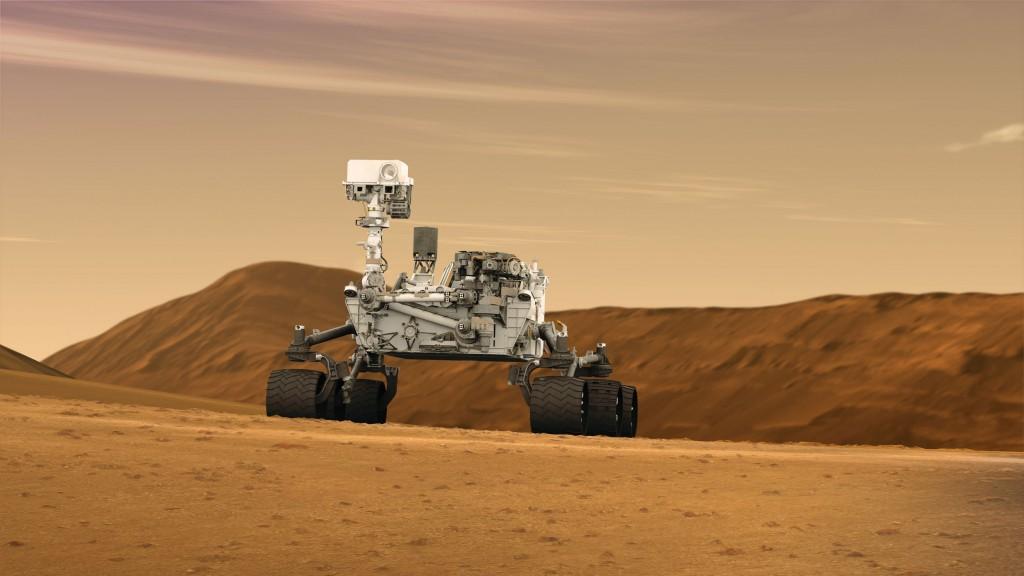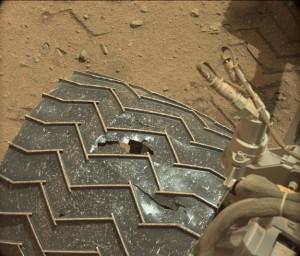 The endgame of 3D printing has always been the ability to completely replace traditional manufacturing methods. We have probably reached the apex of manual labor’s ability to produce products quickly enough for mass consumption. The human body, even one at its peak, is only capable of so much after all. That means that in order to produce mass market products quickly enough for an ever growing wanting public, corporations often are reduced to cutting corners. In the quality of materials, the quality of assembly and construction, and more insidiously with the abuse of the working class.
The endgame of 3D printing has always been the ability to completely replace traditional manufacturing methods. We have probably reached the apex of manual labor’s ability to produce products quickly enough for mass consumption. The human body, even one at its peak, is only capable of so much after all. That means that in order to produce mass market products quickly enough for an ever growing wanting public, corporations often are reduced to cutting corners. In the quality of materials, the quality of assembly and construction, and more insidiously with the abuse of the working class.
Given enough time 3D printing really could change all of that. Automation and robotics already have replaced a human workforce in many industries, although even those require humans to operate, maintain, and even perform final assembly work. But if we could replace the assembly portion of the manufacturing process by 3D printing entire ready-to-use products it would change our entire culture and the way that we use, and misuse, our labor force.
And while taking the human element out of the traditional workforce is a controversial, albeit at this point inevitable, idea it would also be able to remove humans from more dangerous jobs than manufacturing. We already have robotics sophisticated enough to assemble just about anything provided they have the correct components. So imagine being able to send robots to an inhospitable environment equipped with an internal 3D printer that would allow it to self-repair any damage inflicted on it, or 3D print any tool or instrument that it would need to complete its task.
It is that idea that seems to be driving Oklahoma State University undergrad Aavron Estep and his team of engineering and design researchers. Together they are working on ways to create rovers capable of exploring Mars far beyond the reach or capabilities of humans, using 3D printed parts. They’re doing this by testing how many parts can be 3D printed and usable, as well as exploring any available materials that are capable of withstanding the environment on Mars.
“My goal is to determine if it would be a viable option to take printers to Mars and use them to manufacture parts for rovers that would be exposed to extremes in temperature and terrain,” Estep told an OSU journalist.
Aavron Estep recently gave a Tedx Talk on the possibility of 3D printed Mars Rovers and his research:
The primary goals of the project are pretty clear, reducing the need for the human element as much as possible, and extending the ability for remote rovers to maintain their primary functions. However, being able to manufacture parts directly on Mars would reduce the cost of launching missions to the red planet, as well as extend the flexibility and adaptability of those missions.
“Human explorers bring unique abilities to the exploration of Mars that cannot be met by remotely operated rovers from Earth. With the ability to print custom rovers, the explorers will be able to react in real time to new and unexpected situations,” said Dr. Joseph Conner, the faculty advisor for Estep’s group and an adjunct professor with the Mechanical and Aerospace Engineering department from OSU.
As with most technological advancements achieved by developing technology for orbital and space exploration, there are numerous real world applications that would bring incredible change to our society. We could develop 3D printable submersible drones capable of exploring the deepest oceans, the smallest of cave systems, and the most inhospitable mountains and deserts. We could create aircraft with self-repairing capabilities that could detect and replace damaged parts, even perhaps while in the air. And ultimately a multi-material 3D printer could eventually end up in everyone’s home, allowing consumers to simply buy product designs online and simply print them out at home.
We may start things off by exploring Mars with 3D printed rovers and drones, but that technology would have immeasurably long lasting and world changing effects. What do you think about 3D printable Mars rovers and terrestrial uses? Let us know on the 3D Printed Rovers Exploring Mars forum thread at 3DPB.com.
Subscribe to Our Email Newsletter
Stay up-to-date on all the latest news from the 3D printing industry and receive information and offers from third party vendors.
You May Also Like
Wisconsin’s Evology Adds Digital Sheet Forming to Service Roster
Evology, a service bureau based in Wisconsin and specializing in serving strategic sectors like aerospace and defense, has added digital sheet forming (DSF) to its repertoire of manufacturing capabilities. Evology...
Boring Company Alum Score $9M for Advanced Composites Manufacturing
Layup Parts, a Huntington Beach, CA-based startup specializing in on-demand manufacturing of parts made from composites, has received $9 million in its latest financing round. Founders Fund, the VC firm...
Industrial Giant Ingersoll Rand Leads $19M Round Backing Inkbit’s AI-Driven 3D Printing
Inkbit, the Massachusetts-based original equipment manufacturer (OEM) of multi-material, AI-integrated 3D printers, has closed a $19 million financing round. Ingersoll Rand, a US giant in the industrial equipment sector, led...
3YOURMIND & Nigerian Oilfield Services Firm RusselSmith Team Up on 3D Printed Part Inventory
3YOURMIND, the German and U.S. software services provider specializing in digital inventory platforms for additive manufacturing (AM), has partnered with Nigerian oilfield services firm RusselSmith to digitize spare part files...



































